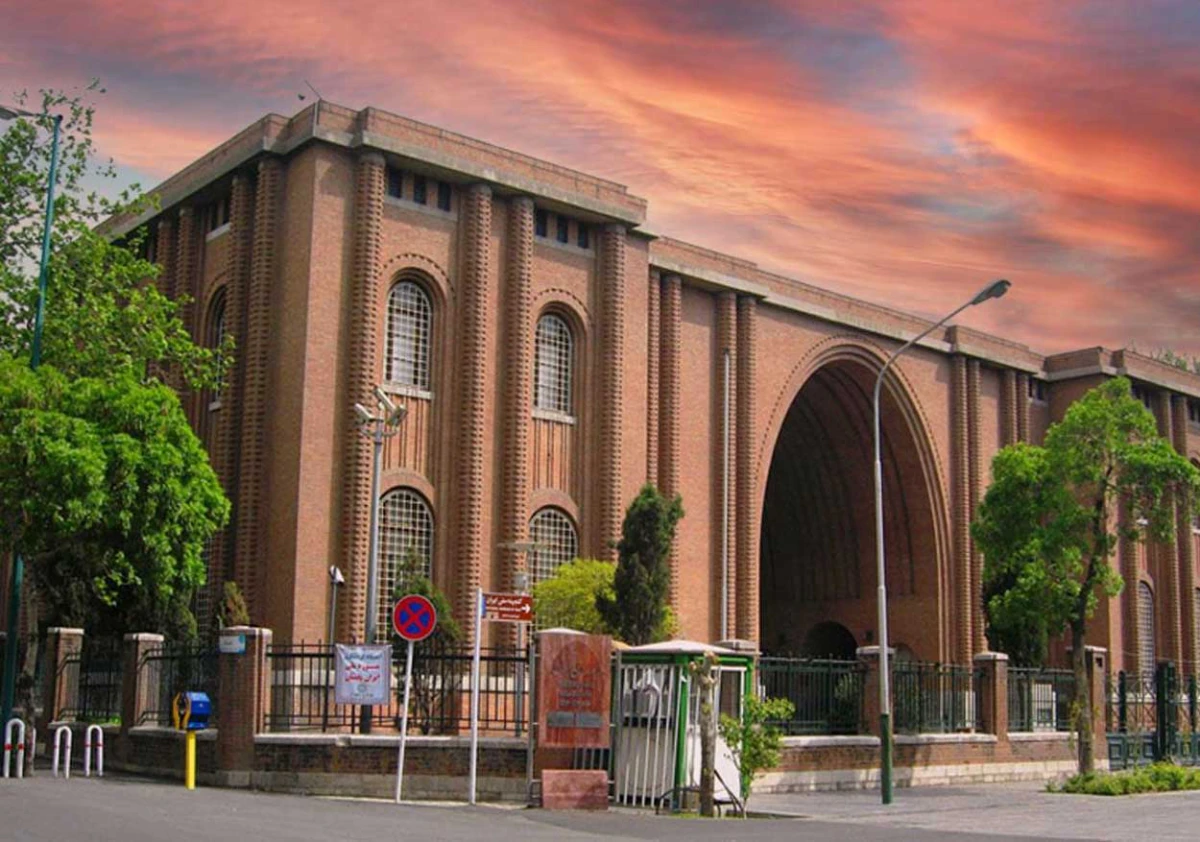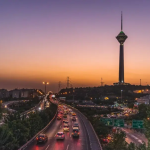The National Museum of Iran, located in Tehran, is one of the most important museums in the Middle East. It houses a vast collection of ancient artifacts that showcase the rich cultural heritage of Iran and the surrounding regions.
History and significance
The National Museum of Iran was established in 1937, and it has since become one of the most important museums in the world. Its collection of ancient artifacts dates back to the prehistoric era and includes objects from the Achaemenid, Parthian, and Sassanid empires, as well as Islamic and post-Islamic eras.
The museum plays an important role in preserving and promoting the cultural heritage of Iran and the surrounding regions. Its collection of artifacts provides insight into the history, art, and culture of the region and serves as a valuable resource for scholars, researchers, and tourists alike.
Collections
The National Museum of Iran houses a vast collection of ancient artifacts, including pottery, metalwork, textiles, and jewelry. The museum’s collection is organized chronologically and includes objects from the prehistoric era to the Islamic period.
Highlights of the collection include the Cyrus Cylinder, which dates back to the 6th century BCE and is considered one of the most important artifacts from the Achaemenid empire. The museum also houses a collection of ancient Persian coins, as well as a number of intricately decorated ceramic vessels from the prehistoric era.
The Islamic collection includes a number of exquisite Qurans and illuminated manuscripts, as well as a collection of Islamic metalwork and ceramics. The museum’s post-Islamic collection includes objects from the Safavid, Qajar, and Pahlavi eras, including stunning examples of Persian carpets, textiles, and jewelry.
Exhibitions and programs
The National Museum of Iran offers a range of exhibitions and programs that showcase its collection of ancient artifacts and provide insight into the history and culture of the region. The museum’s permanent exhibition is organized chronologically and includes objects from the prehistoric era to the present day.
The museum also hosts a number of temporary exhibitions throughout the year, which feature artifacts from the museum’s collection as well as loans from other museums and institutions. These exhibitions provide visitors with a deeper understanding of the history and culture of Iran and the surrounding regions.
In addition to its exhibitions, the National Museum of Iran offers a range of educational programs for visitors of all ages. These programs include guided tours, workshops, and lectures, as well as outreach programs for schools and community organizations. Take part in our guided tours to the National Museum of Iran, providing you a nice visit with a deeper understanding of Iran’s history and culture.
Architecture and design
The National Museum of Iran is housed in a beautiful building that combines traditional Persian and modern architectural styles. The building was designed by French architect André Godard and was completed in 1938.
The museum’s stunning façade features intricate tilework and calligraphy, while its interior is designed to showcase the museum’s collection of artifacts. The museum’s central hall features a soaring ceiling and a series of arched windows that flood the space with natural light.
Last word
The National Museum of Iran is a treasure trove of ancient artifacts that provides insight into the rich cultural heritage of Iran and the surrounding regions. Its collection of objects from the prehistoric era to the present day is a valuable resource for scholars, researchers, and tourists alike.
With its range of exhibitions and programs, the National Museum of Iran offers visitors the opportunity to explore the history and culture of the region in depth. Its stunning architecture and design make it a must-see destination for anyone interested in the art and culture of the Middle East.
Let us know your ideas and comments about this museum in the comment box below, we will be happy to hear from you!


















